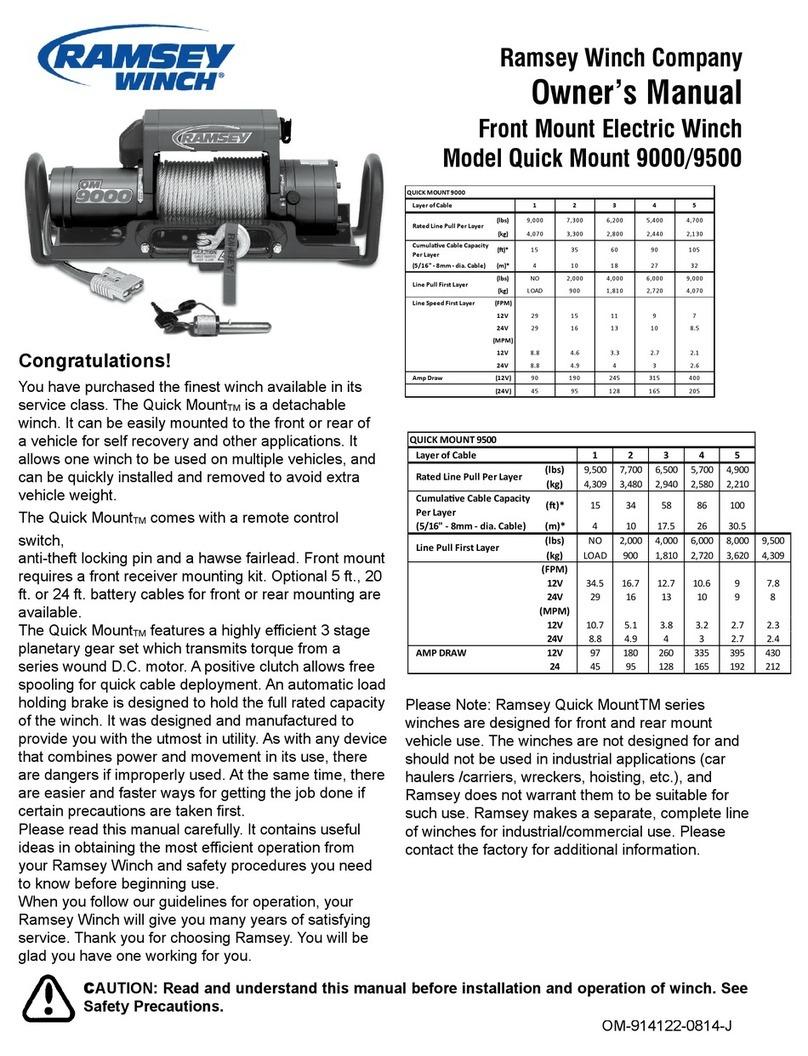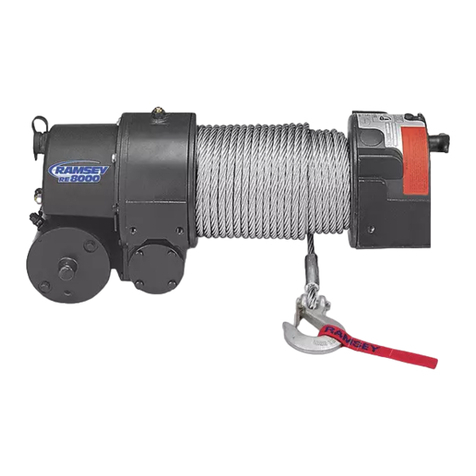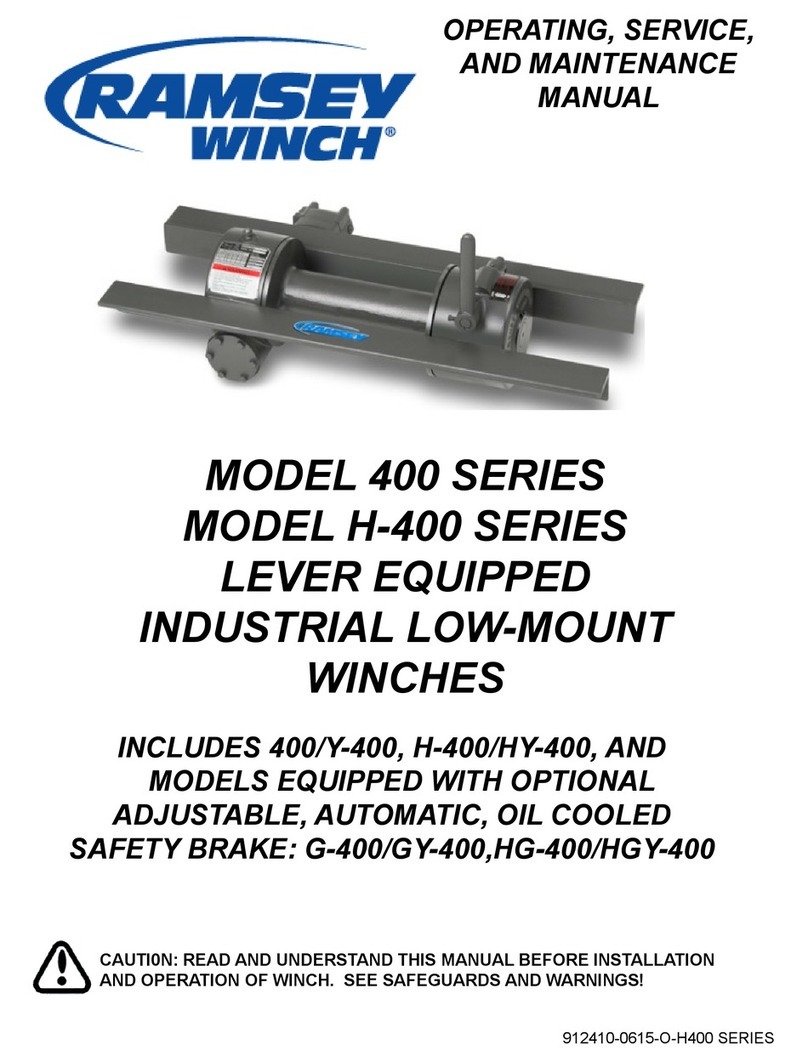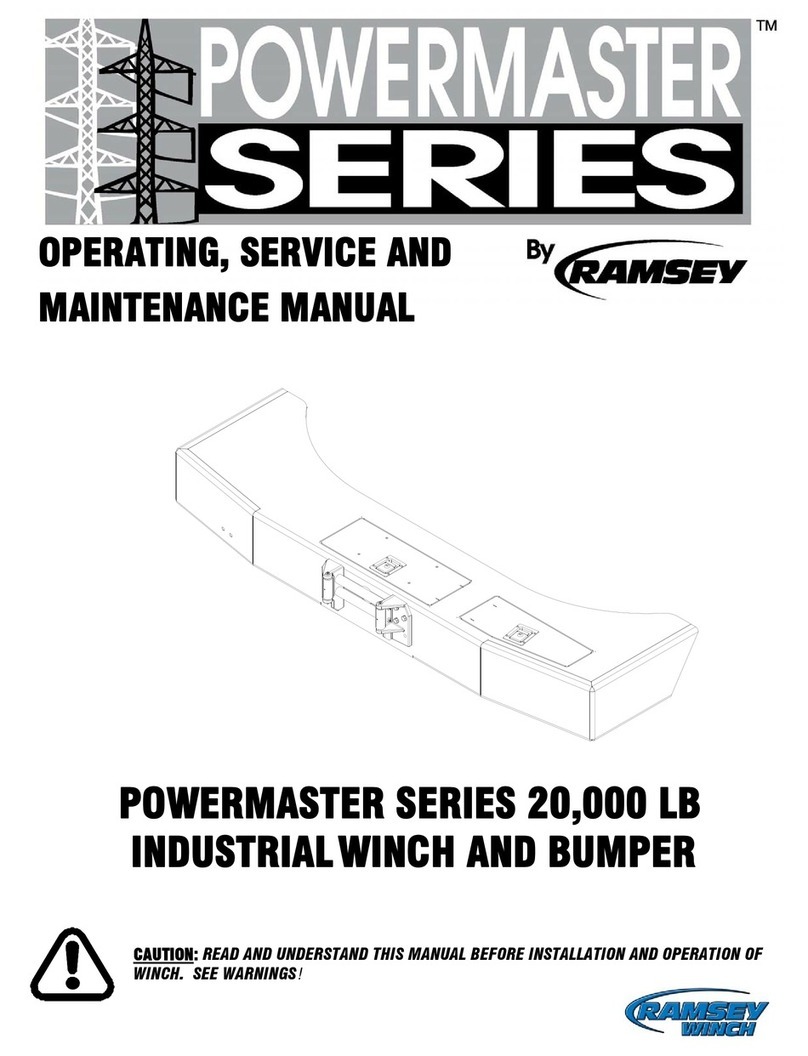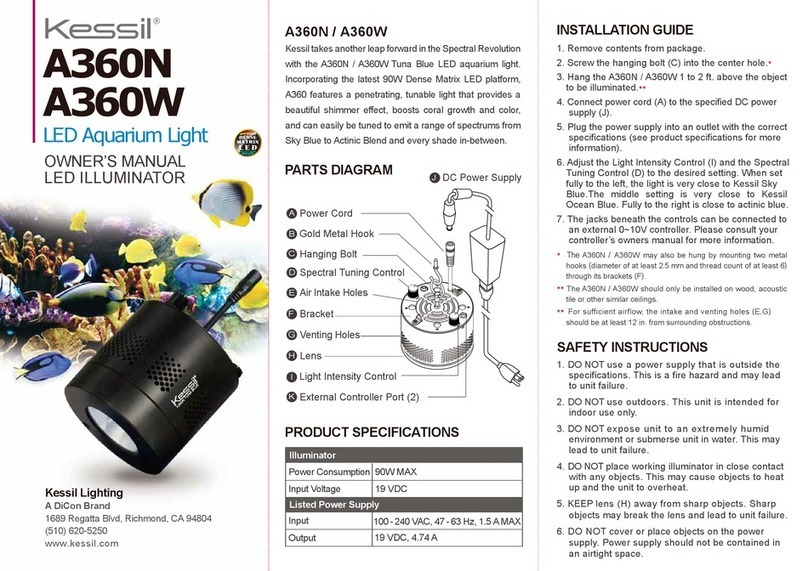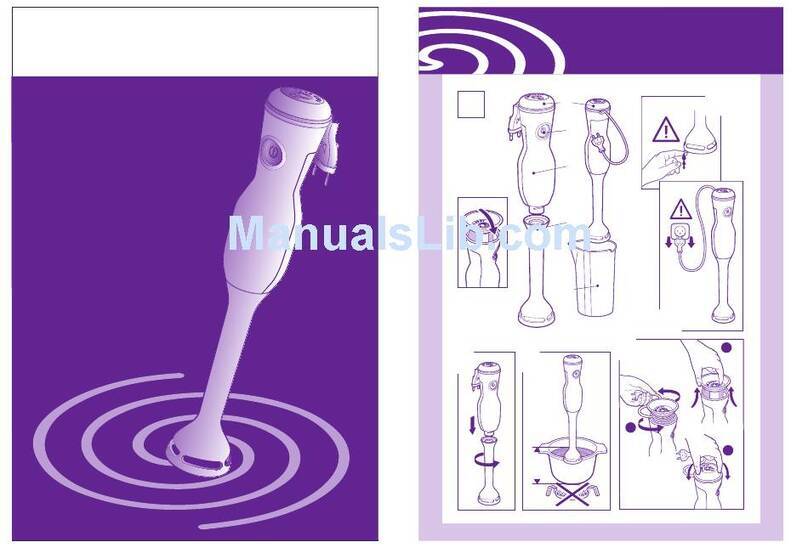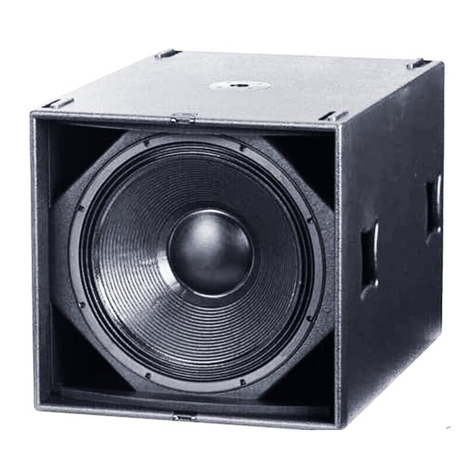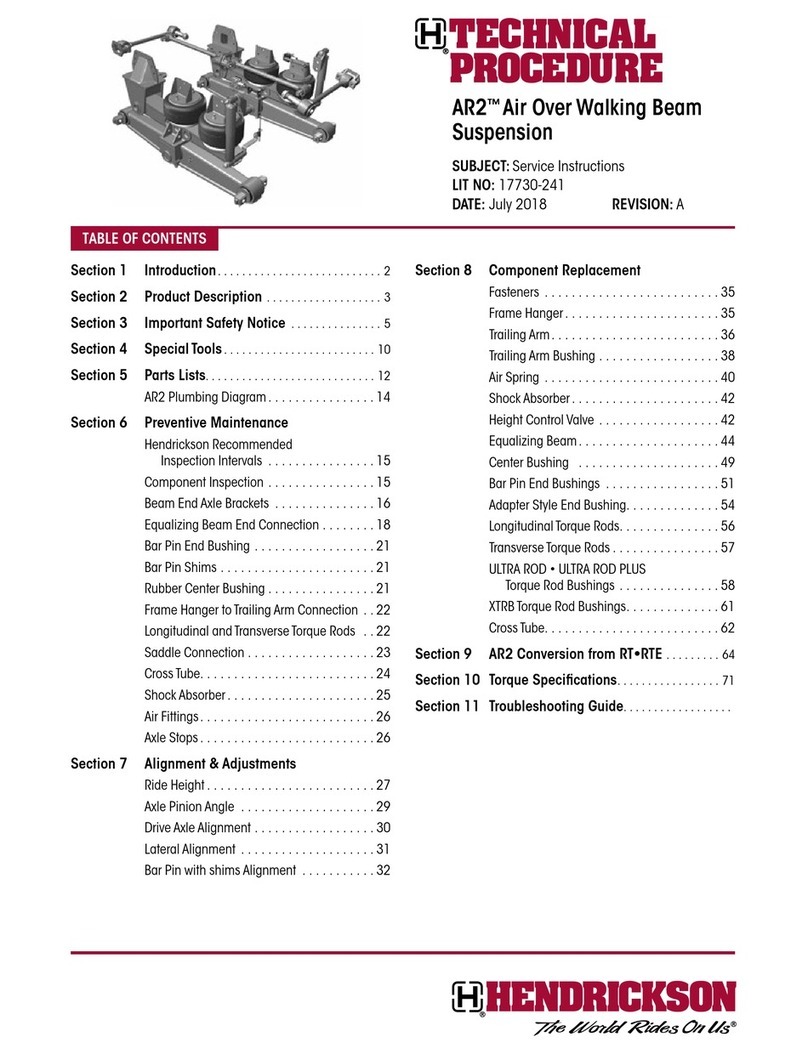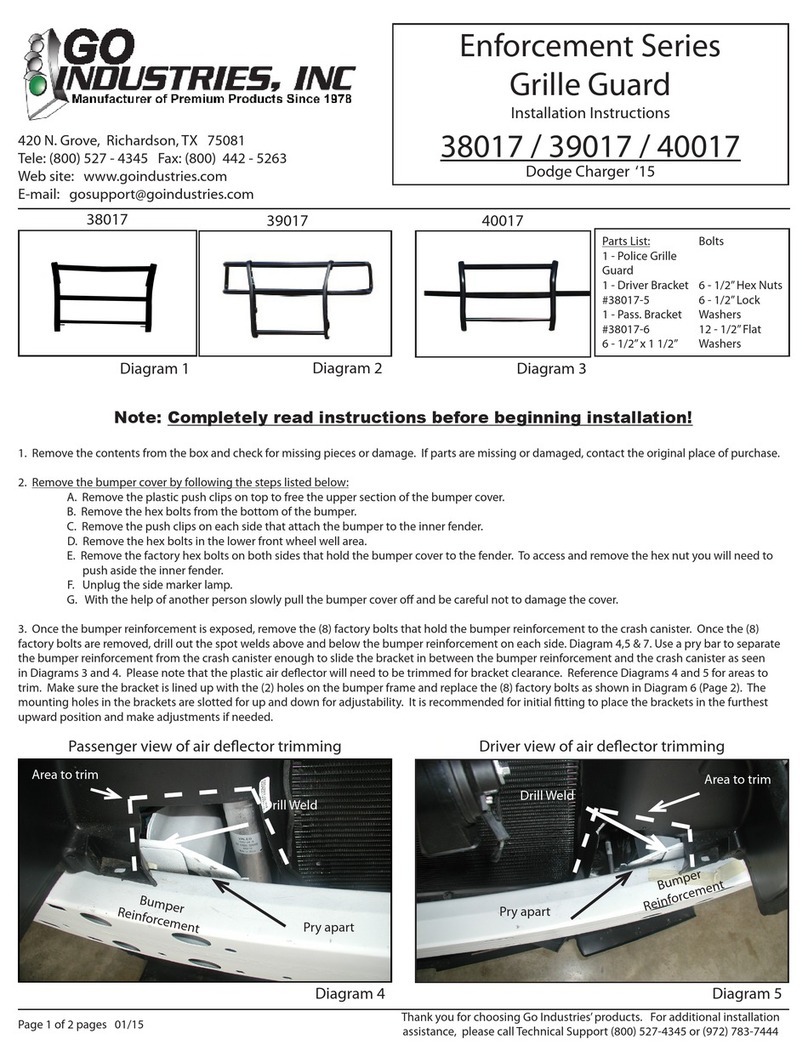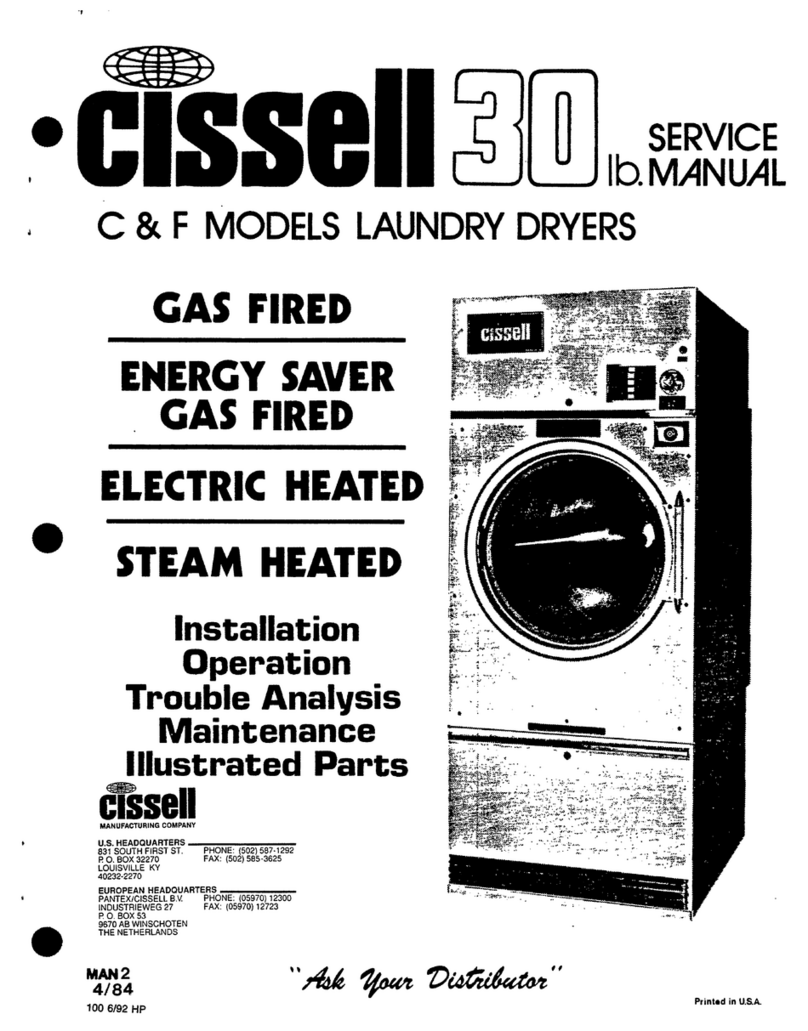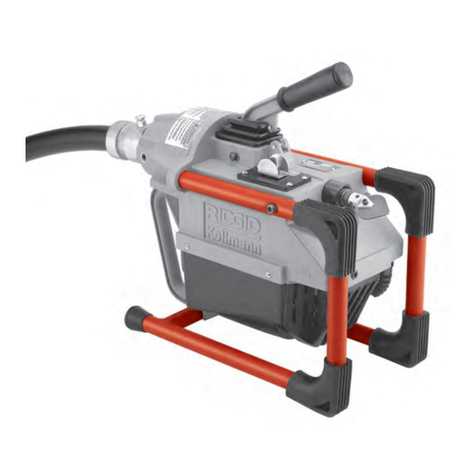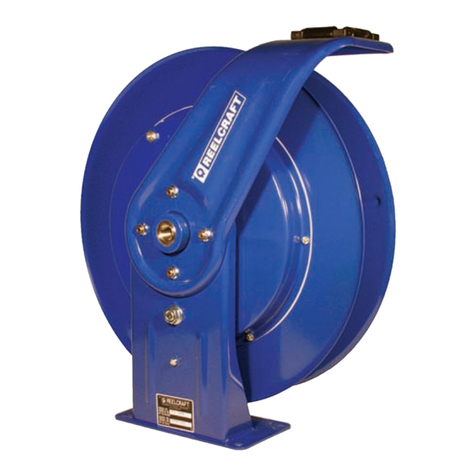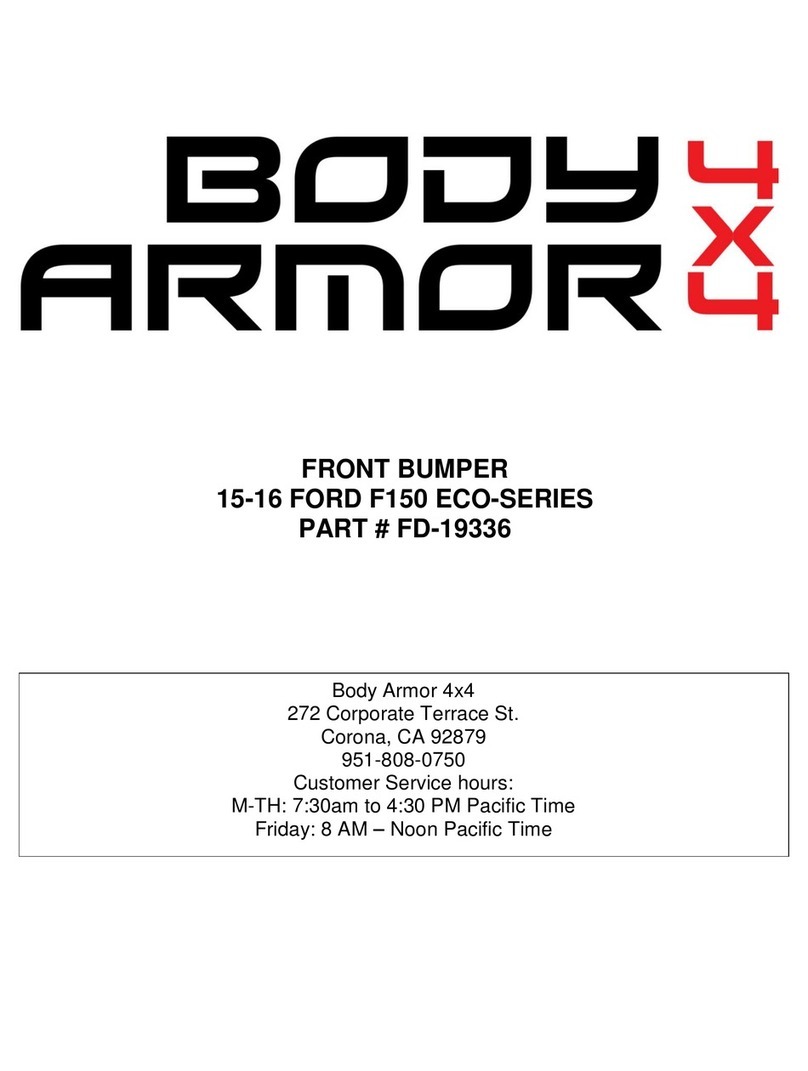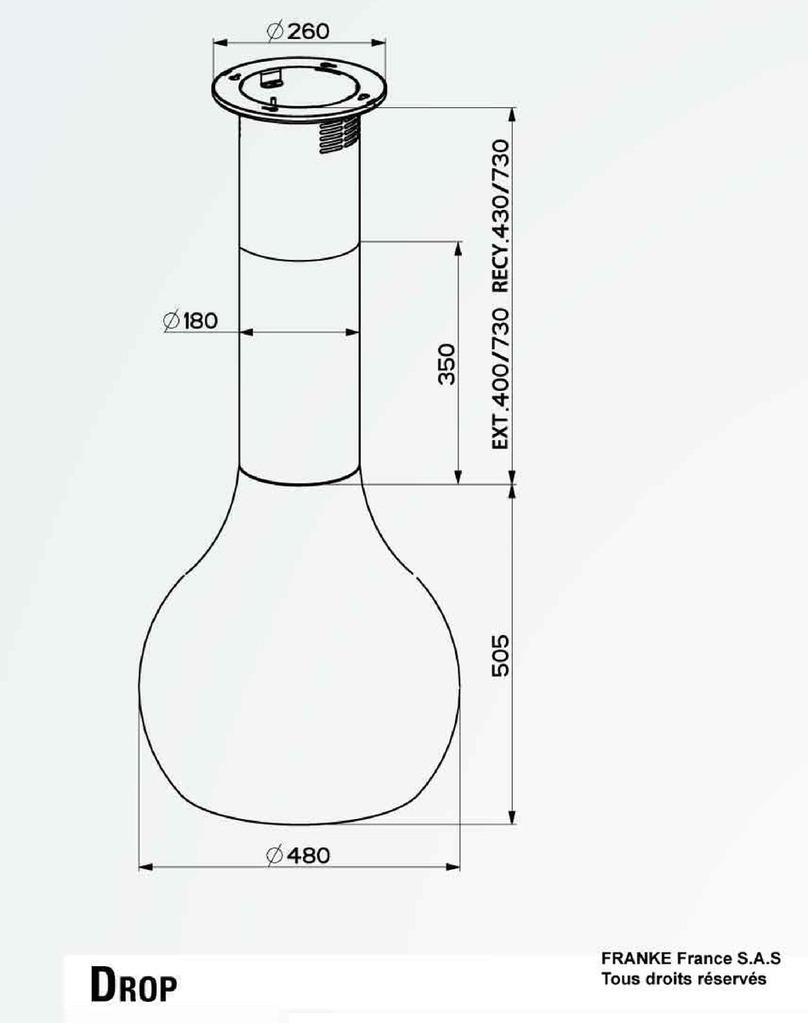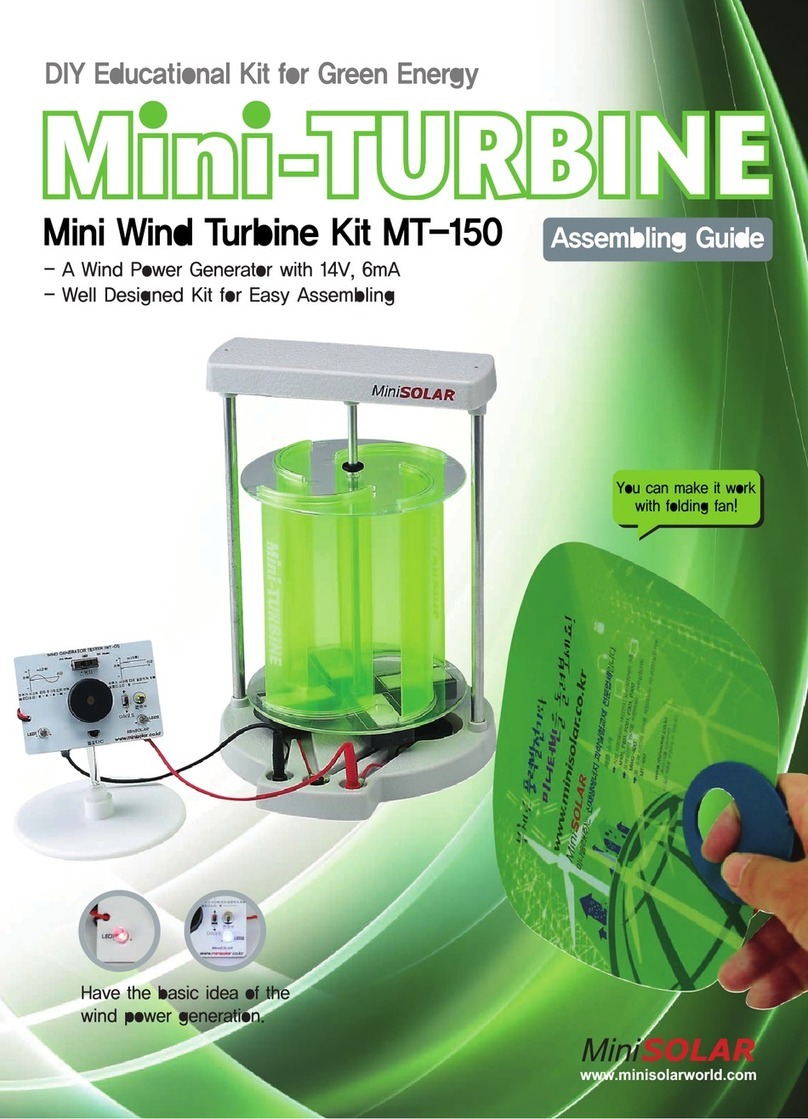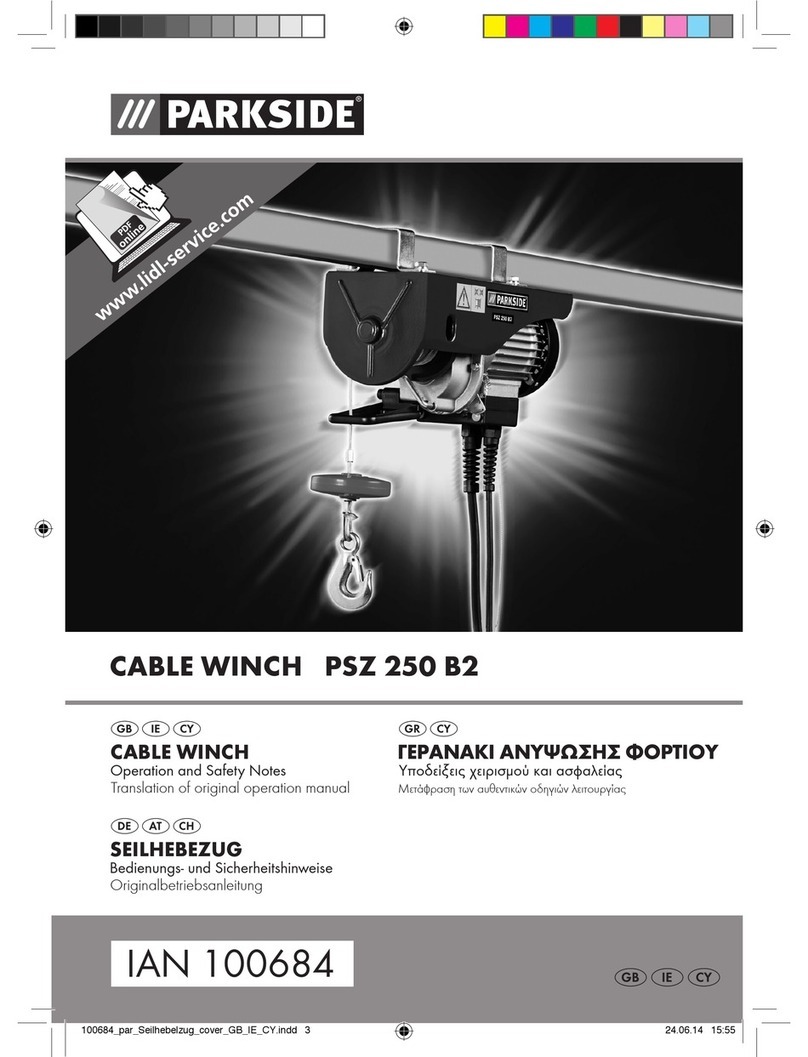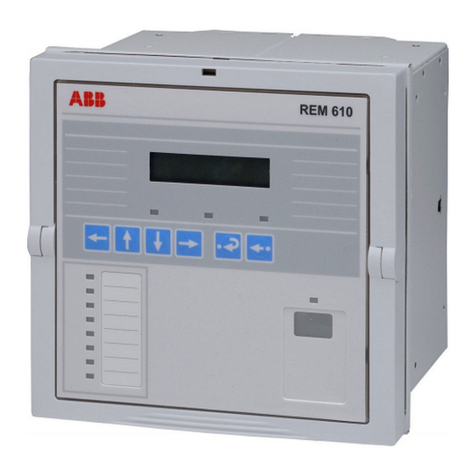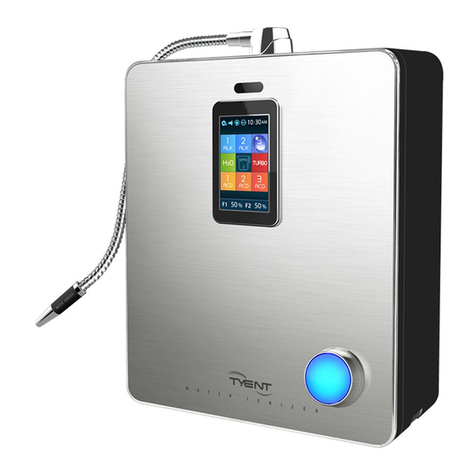
4
Operating Instructions
The winch clutch allows rapid unspooling of the
wire rope for hooking onto the load or anchor
point. The clutch shifter tab is located on the
gear-housing end of the winch and operated as
follows:
1. To disengage the clutch, move the clutch
shifter tab to the “OUT” position. Wire rope
may now be free-spooled off the winch.
2. To engage the clutch, move the clutch shifter
tab to the “IN” position. The winch is now
ready for pulling.
Your battery must be kept in good condition. A
fully charged battery and proper connections are
essential. Run the vehicle engine during winch-
ing operations to keep battery charged.
The remote control switch is waterproof. It
has push button stations on either side. It is
designed this way to prevent quick winch rever-
sals, which lead to solenoid failure.
Make sure the motor has stopped fully before
reversing. To actuate winch simply plug remote
control switch into receptacle in black solenoid
cover of winch.
Run winch forward and reverse to check con-
nection and to determine winch operating direc-
tions. Snap appropriate “IN” and “OUT” disc into
proper thumb cavity. The switch is also color
coded to aid you in not having to guess at the
direction your winch will run. DO NOT LEAVE
SWITCH PLUGGED IN WHEN WINCH IS NOT
IN USE.
Maintenance
Corrosion on electrical connections will reduce
performance or may cause a short. Clean all
connections. In salty environments use a sili-
cone sealer to protect from corrosion.
To minimize corrosion of the internal motor
components that may occur due to condensa-
tion, power the winch in or out periodically.
Energizing the motor will generate heat, which
will help dissipate any moisture buildup in the
motor. This should be performed at periodic
intervals (such as with each oil change to your
vehicle).
Note: Refer to Troubleshooting Guide if the
motor has been submerged.
All moving parts in the winch are permanently
lubricated with broad temperature range lithium
based grease. Under normal conditions factory
lubrication will suffice.
Lubricate cable periodically using light penetrat-
ing oil. Inspect for broken strands and replace if
necessary. If the cable becomes worn or dam-
aged, it must be replaced.
Cable Installation
Note: Cable should be installed so that
it feeds from the bottom of the drum.
It is not necessary to disassemble the winch or
remove it from where it is mounted to replace
the cable.
Unwind the new cable by rolling it out along the
ground to prevent kinking.
Remove old cable and observe the manner in
which it is attached to the cable drum. Loosen
but do not remove the cable anchor.
Before installing the new cable assembly, make
sure the end of the cable is squarely cut and
wrapped with tape to prevent fraying.
Feed the taped end of the cable through the
fairlead and under the drum.
Slide the cable to the end of the slot on the
drum flange under the cable anchor.
Tighten the cable anchor securely to the drum
so that the cable is held securely.
Wind five wraps of cable onto the drum by rotat-
ing the drum while free-spooled. Wind on the
rest of the cable by pulling in a light load to keep
tension constant. Allow the cable to swivel by
using a length of chain or a block between the
cable hook and the load.
OPERATING INSTRUCTIONS / MAINTENANCE /
CABLE INSTALLATION

